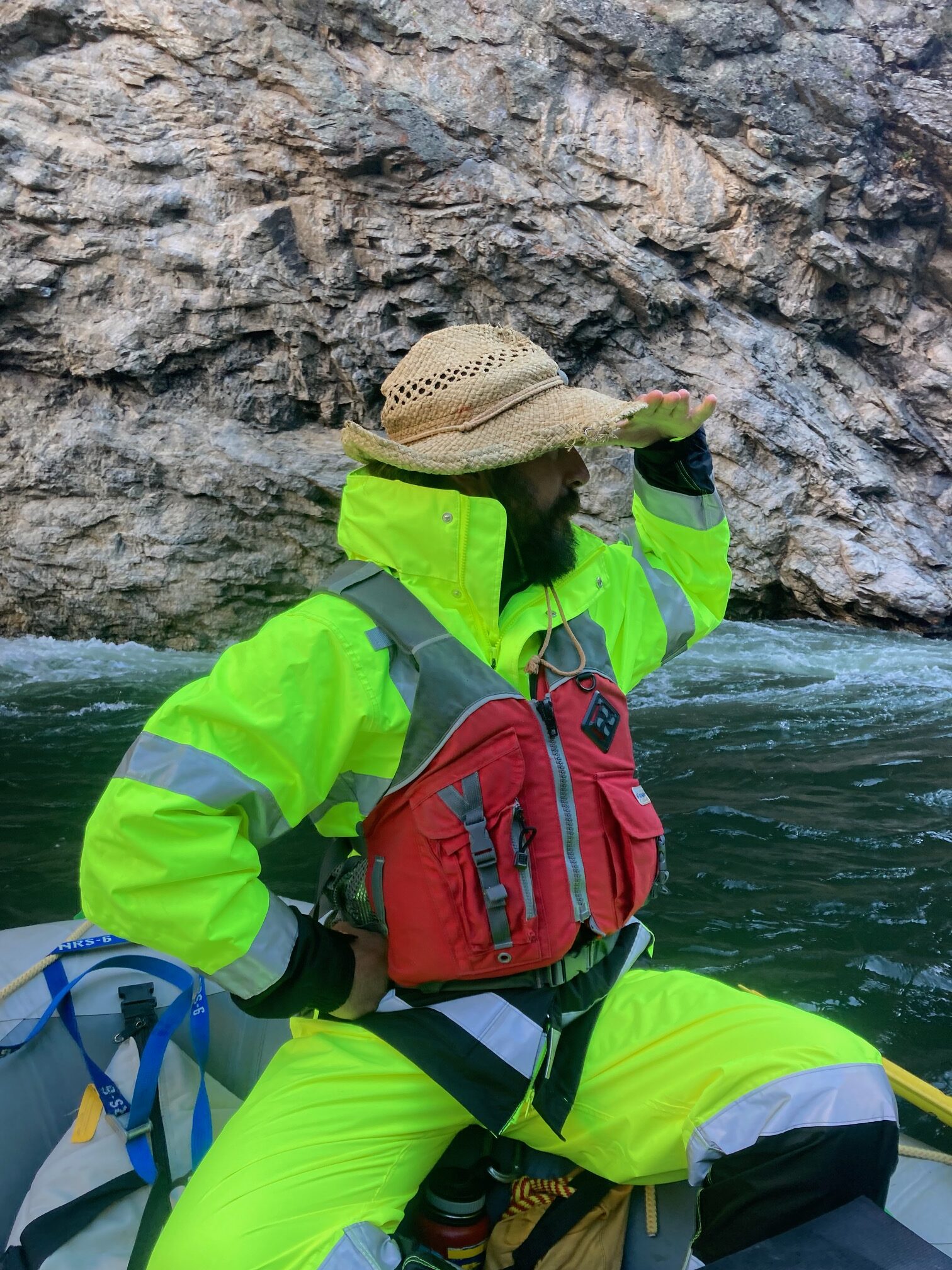
Event Navigation

Title: Radiogenic isotope and ionic concentration ratios reveal hydrologic mixing, subsurface residence time, and cross-basin transfer in a snow-fed mountain karst watershed
Abstract:Snow-fed karst aquifers support various complex ecosystems and provide a vital water source to communities worldwide. Due to their nature and distribution, these watersheds may be particularly vulnerable to the effects of climate change. Water resource managers can mitigate uncertainty from climate impacts with accurate predictions of future water availability provided by hydrologic models. While many such models exist, their effectiveness at predicting streamflow in snow-fed karst watersheds is limited by a lack of insight into the significance of cross-basin groundwater transfers. This study used radiogenic isotope and ionic concentration ratios as natural tracers to detect cross-basin transfer between two adjacent tributaries of the highly karstified Logan River watershed. When normalized by area, these basins, which appear similar and receive nearly identical precipitation inputs, show a 20-fold difference in streamflow. To test to what extent cross-basin transfer could account for this difference, two synoptic sampling events were conducted in June and October, 2022 (encompassing high/low flow conditions). Along with flow measurements, water samples were collected and analyzed for ionic concentration and 87Sr/86Sr and 234U/238U ratios. These data were combined into multi-component mixing models, from which endmembers were assigned based on spatial distribution and chemical/isotopic ratios. This analysis showed that water in these basins is composed of a mixture of short residence-time (RT) snowmelt and longer RT groundwater influenced by flow through soil/bedrock comprising quartzite, limestone, and dolostone endmembers. Samples from the top of the high and low-flow reaches are distinguished by their proportions of limestone vs. dolostone endmembers, respectively, through Mg-Ca-Sr concentration ratios. Springs within both basins follow a general trend of increasing RT with downstream distance as recorded by higher 234U/238U via alpha recoil. Three low-discharge springs within the high-flow catchment show evidence of cross-basin transfers from the low-flow basin based on mixing in Sr-U isotope ratio space. These results suggest that while cross-basin transfers are occurring between these basins, the majority of the flow imbalance is due to additional groundwater losses from the low-flow basin to other ungagged catchments. Using natural tracers to detect cross-basin transfer in snow-fed karst aquifers could improve the ability of hydrologic models to predict future water availability.
Advisor: James McNamara
Committee Members: Mark Schmitz and Bethany Neilson